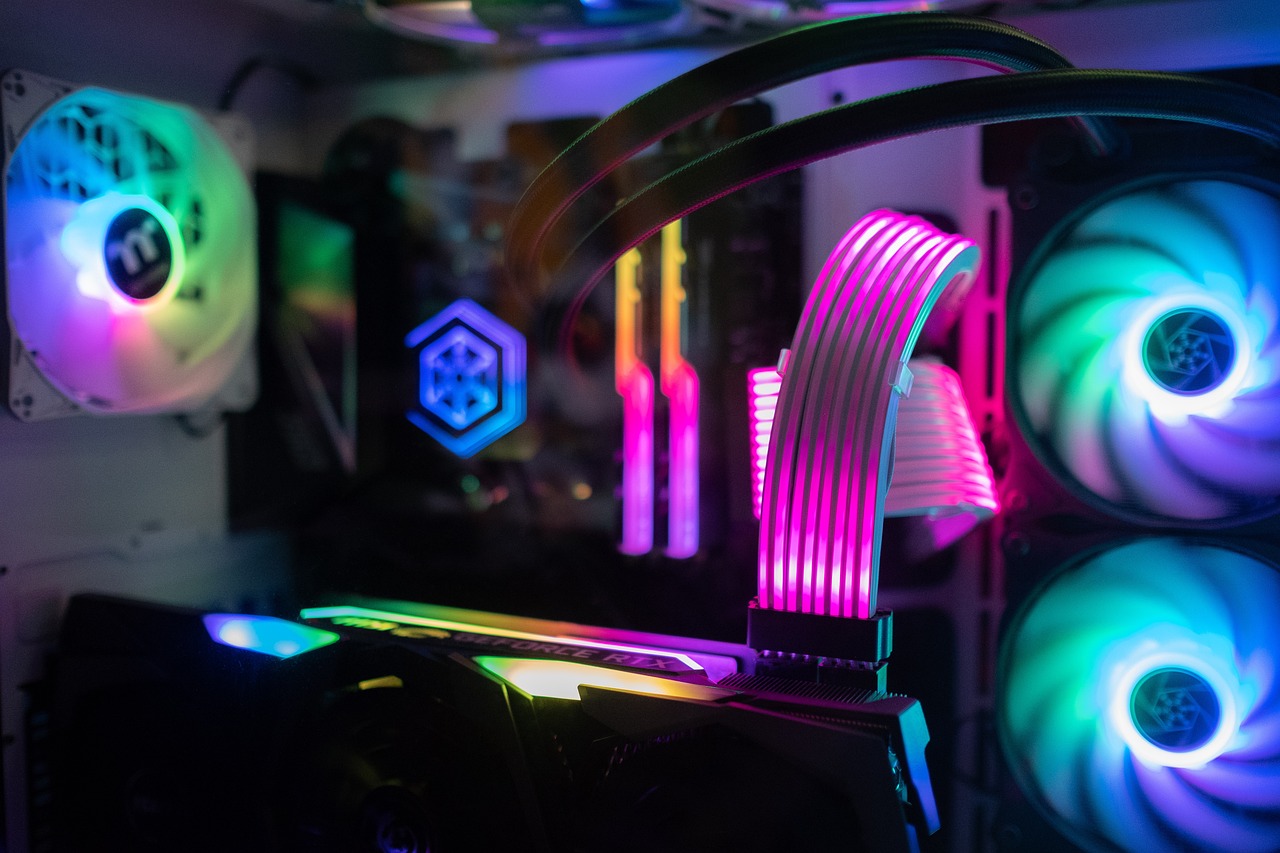
In today’s fast-paced work environment, having an efficient and organized workstation can significantly enhance your productivity. Whether you’re working from home, in a shared office, or a dedicated workspace, optimizing your setup can lead to better focus, reduced distractions, and improved overall performance. This guide will walk you through actionable steps to streamline your workstation for maximum productivity.
1. Assess Your Current Setup
Take Inventory
Start by assessing your current workstation. Take note of the following:
- Desk space: Is it cluttered? Do you have enough room for your essential tools?
- Equipment: What devices do you use regularly? Are they ergonomic and efficient?
- Lighting: Is your workspace well-lit? Natural light can boost mood and productivity.
Identify Pain Points
Reflect on what hinders your productivity. Common issues might include:
- Distractions (noise, clutter)
- Uncomfortable seating or positioning
- Inefficient organization of tools and documents
2. Choose the Right Furniture
Desk Selection
- Size: Choose a desk that fits your space and provides ample working surface. L-shaped desks can offer extra space for multitasking.
- Height: Consider an adjustable desk that allows you to alternate between sitting and standing, promoting better posture and comfort.
Ergonomic Chair
Invest in a comfortable chair that supports your back and promotes good posture. Look for features such as:
- Adjustable height
- Lumbar support
- Armrests
3. Organize Your Space
Declutter Regularly
Remove unnecessary items from your workstation. Keep only the essentials on your desk:
- Monitor, keyboard, mouse
- Notepads, pens, and other tools you use daily
Use Organizational Tools
- Cable Management: Use cable clips, sleeves, or a cable box to keep cords organized and prevent tangling.
- Storage Solutions: Invest in drawer organizers, filing cabinets, or desktop organizers to store documents and supplies.
- Labeling: Label storage containers and files to make finding items easier and faster.
Desk Layout
Arrange your desk for efficiency:
- Place frequently used items within arm’s reach.
- Position your monitor at eye level and about an arm’s length away to reduce strain.
4. Optimize Technology
Dual Monitors
Consider using dual monitors if your work involves multitasking or extensive data entry. This setup can enhance efficiency by allowing you to view multiple applications simultaneously.
Peripheral Devices
Invest in high-quality peripherals to improve your workflow:
- Mechanical keyboard: Offers a tactile feel and can enhance typing speed.
- Ergonomic mouse: Reduces wrist strain during long working hours.
- Monitor Stand: Elevates your monitor for better ergonomics and frees up desk space.
Software Solutions
Utilize productivity software to streamline tasks:
- Task Management Tools: Apps like Todoist or Trello can help you prioritize and track tasks.
- Time Management Software: Tools like Pomodoro timers or RescueTime can help you manage your work sessions effectively.
5. Create a Distraction-Free Environment
Noise Control
If you’re in a noisy environment, consider:
- Noise-Canceling Headphones: Block out distractions and enhance focus with music or white noise.
- Soundproofing: Use rugs, curtains, or sound-absorbing panels to reduce noise.
Personalization
Make your workspace inviting and motivating by adding personal touches:
- Plants: Introduce greenery to improve air quality and boost mood.
- Artwork or Photos: Display inspiring images that reflect your personality and goals.
Limit Digital Distractions
- Use website blockers or focus apps to minimize distractions from social media and other non-work-related sites during work hours.
6. Establish a Routine
Daily Habits
Create a consistent daily routine that enhances productivity:
- Start of Day: Set aside time to plan your tasks and priorities.
- Breaks: Schedule regular breaks to rest and recharge, following techniques like the Pomodoro Technique.
- End of Day: Spend a few minutes organizing your workspace and planning for the next day.
Mindfulness Practices
Incorporate mindfulness practices, such as meditation or deep-breathing exercises, to improve focus and reduce stress.
7. Regular Maintenance
Weekly Checks
Set aside time each week to:
- Declutter your workspace
- Organize files and documents
- Clean your equipment, including screens and peripherals
Evaluate Productivity
Periodically assess your productivity levels and make adjustments to your setup as needed. Gather feedback from colleagues if applicable, and be open to experimenting with different arrangements or tools.
Conclusion
Streamlining your workstation is a key step toward enhancing productivity and creating a comfortable, efficient workspace. By assessing your current setup, choosing the right furniture, organizing your space, optimizing technology, and establishing a routine, you can create an environment that promotes focus and productivity. Remember, your workstation is a reflection of your work habits, so investing time and effort into optimizing it will pay off in the long run. Happy working!



